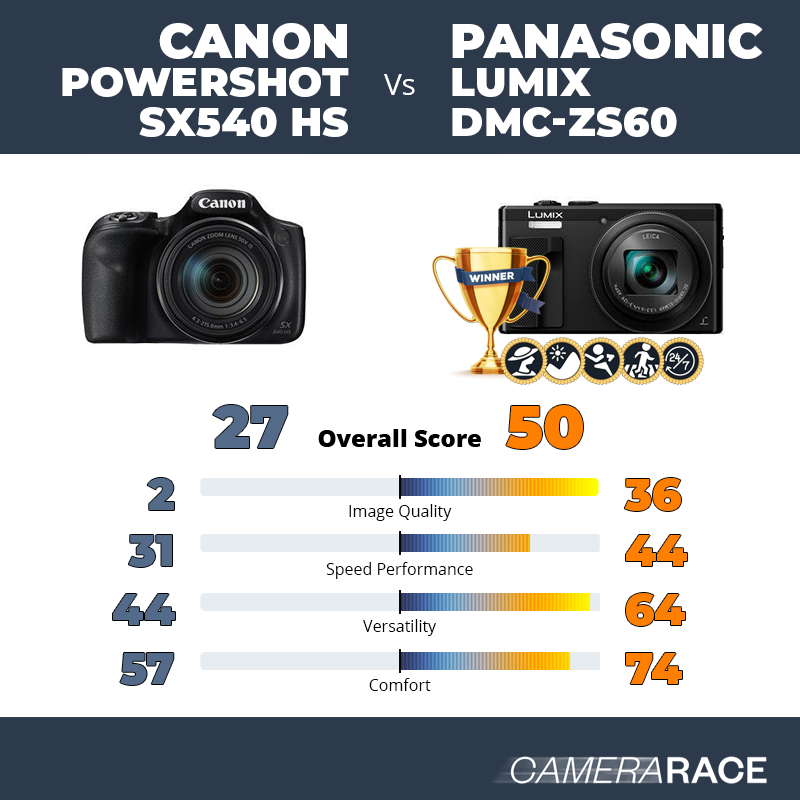
For photographers who want a zoom Canon PowerShot SX70 HS vs Panasonic Lumix DMC FZ80 range that can only be achieved by using many lenses in conjunction with an SLR, they are an excellent option. The term “bridgemodel” is still often used to refer to large superzoom cameras in certain areas. In the olden days, when the large-body design was intended at photographers who wanted to go from a pocket point-and-shoot but weren’t quite ready to make the leap to interchangeable lenses, this word was used to describe the style. The hope was that a camera like this would bridge that gap and, in the process, persuade the same photographers to ultimately upgrade to an SLR camera system. Below is a side-by-side comparison of the technical specifications of the two cameras, which should help you quickly assess their differences and similarities.

The ideal bridge camera for you will be determined by your budget, your picture quality requirements, and the amount of zoom range you need. With the Canon SX70 HS, animal watchers in the garden and family vacationers will be in good company. A wide-angle lens, which is ideal for landscape photography and candid images in front of iconic monuments, is combined with sufficient zoom capability to get a shot of a songbird feeding at your feeder. However, it has its drawbacks, including the fact that it is not the finest equipment for working in low light, does not provide weather protection, and is not the ideal tool for concentrating on fast-moving images. Although the model’s screen is not touch-sensitive, the FZ-80’s is, and as a consequence, the outcome is closer to a tie in this category. The minimum ISO setting for the second camera is lower, which provides additional options for shooting in natural light.
Panasonic Lumix Fz (Full Frame)

Our preferred model, the Canon SX70 HS, is equipped with a 65x zoom lens that can capture images from an ultra-wide angle to an incredibly close telephoto distance. It also distinguishes itself from many other pocket cameras and smartphones by including Raw capture, a very effective optical stabilization technology, and an electronic viewfinder as standard features. Its sensor has 12 percent more pixels, 40 more focus points, a screen with a 12 percent higher resolution (1040k-dot vs 922k-dot), a faster continuous shooting rate (ten frames per second against six), it supports UHS-I memory cards, and it is capable of recording 4K films. Despite the fact that the two cameras under consideration have the same sensor size, the SX70 has a better resolution of 20.2 megapixels, compared to the FZ330’s 12 megapixels.

Specifications of the Canon Sx70 Hs and the Panasonic Fz80
The size of the sensor included inside a digital camera is one of the most important factors influencing picture quality. It is expected that bigger sensor units will have larger individual pixels, which will enable higher low-light sensitivity, broader dynamic range, and more vibrant colors in the same technical generation as smaller pixel-units in a sensor of the same technological generation. As an added bonus, a big sensor camera will provide the photographer with additional opportunities to employ narrow depth-of-field to isolate a subject from its surroundings. Larger sensors, on the other hand, are more costly and result in larger and heavier cameras and lenses, which are less portable. Some bridge cameras include sensors that are the same size as those found in a pocketpoint-and-shoot camera or a high-end smartphone. When compared to a pocket model, you will not notice a substantial improvement in picture quality, but you will be able to take advantage of zoom ratios in excess of 50x.

The sensor resolution is utilized in the calculation of pixel pitch, pixel area, and pixel density. We’re going to break it down into three steps for the purpose of simplicity. The PowerShot SX70 HS has a better resolution of 2360k dots in the viewfinder, whereas the Lumix DMC-FZ80 has a resolution of 1166k dots in the viewfinder. Still cameras may be operated in burst mode, which is also known as sports mode, continuous high speed mode, or continuous high speed mode, among other names.